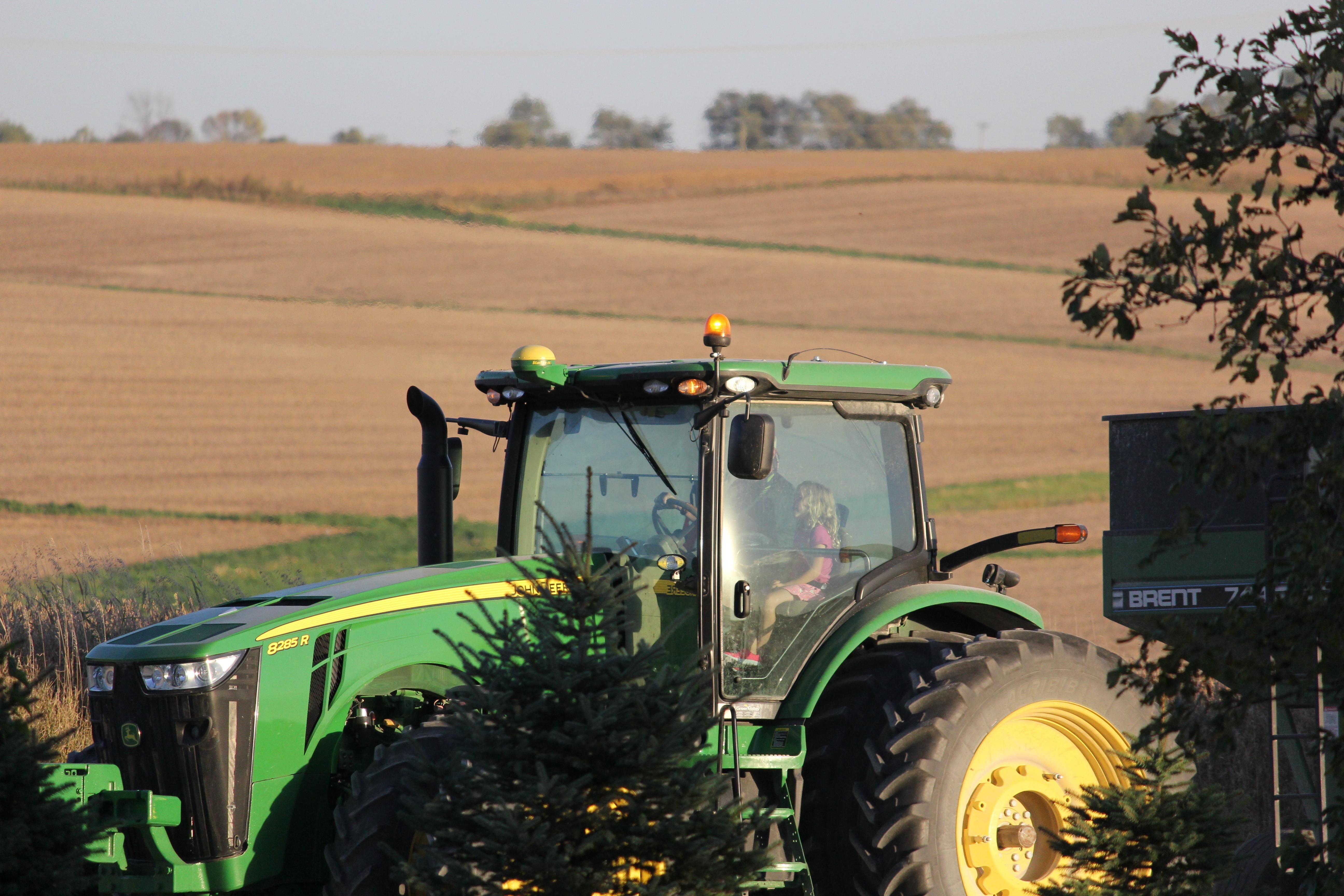BLOOMBERG
Oct 17, 2021
Japan’s goal of reducing carbon emissions by 46% by 2030 is based on the assumption it will restart 30 of its nuclear reactors, a top ruling party executive said.
Akira Amari, secretary-general of the Liberal Democratic Party, made the remarks Sunday in a televised debate broadcast by NHK ahead of the Oct. 31 general election.
Much of the nation’s nuclear capacity has been offline since the 2011 Fukushima disaster and Amari said only nine reactors are currently in service. Surveys generally show the electorate is against restarting the plants.
The LDP has also been promoting the idea of building small modular reactors, saying they are safer than Japan’s existing atomic plants. Amari said Japan was in a particularly difficult situation in meeting carbon targets, because it has no power links with other countries and doesn’t have reliable prevailing winds,
Florent Heidet, Milos Atz
Wed, October 13, 2021
Opponents of cryptocurrency often cite its energy and pollution footprint as major reasons against adoption. However, the natural synergies between cryptocurrency mining and nuclear power could take that issue off the table altogether.
Cryptocurrencies are digital currencies secured by cryptography. Unlike physical money, like dollars, cryptocurrencies are not minted by national institutions. Instead, they are created through complex algorithms that take place over computer networks. While not all crypto currencies have a specific function, the most valuable ones, such as BTC and ETH, exist primarily to carry financial transactions embedded in the blockchain – the cryptographic transaction record.
Dr. Florent Heidet is a scientific manager for a large public research institution. He has worked on advanced nuclear technologies for over 15 years, contributing to many types of advanced nuclear reactor technologies. Dr. Milos Atz is a nuclear engineer at a large public research institution where he works on a variety of advanced reactor analysis and waste management research projects.
Recently, the values of many cryptocurrencies have skyrocketed, due in part to increased acceptance as well as speculation about future competition between a cryptocurrency-based decentralized financial system and the existing centralized financial system controlled by banks and governments.
The incredible rise in cryptocurrency value, associated with the ease to contribute to the cryptocurrency mining process with common computer hardware, has resulted in an ever-larger number of miners joining cryptocurrency networks. Increasing the number of miners benefits the system by further decentralizing, and therefore securing, the cryptocurrency.
Most of the major cryptocurrencies operate following the proof-of-work (PoW) scheme. In PoW, miners compete to leverage computer resources to perform cryptocurrency transactions and in return receive a reward in the form of the cryptocurrency they are enabling. Although there exist energy-efficient alternatives to the PoW scheme such as the proof-of-stake (PoS) or proof-of-space schemes, those methods haven’t been widely adopted yet by the major cryptocurrencies.
Read more: Greenidge Generation to Expand Bitcoin Mining With South Carolina Plant
Total power consumption used by mining across the major cryptocurrencies is tens of gigawatts electrical, or GWe, based on current network size and average mining equipment power. That is about the same as the power demand of Sweden or Montana. New generations of computing hardware are more efficient and progressively reduce power consumption per hashrate, but the high profitability of mining attracts more participants, yielding a net increase of the overall power used by the network. In fact, as long as the combined costs of electricity and hardware remain lower than the value of the generated cryptocurrency, the networks and their power consumption will continue growing and will soon surpass that of most countries.
Although cryptocurrency mining requires huge amounts of energy, the process itself is not directly polluting. The natural resource requirement is limited to what is needed to manufacture computer hardware and to generate electricity for the mining operations. Cryptocurrency mining is a 24/7 process using constant power with minimal downtime. Additionally, larger mining operations can require in excess of 100 megawatts of power for facilities with the footprint of a medium-size factory. Mining operations need a highly reliable and dense power supply.
The environmental impact of electricity generation depends in large part on the source used. Primary impacts include carbon emissions and air pollution from burning fossil fuels. The mix of available electricity generation sources is highly dependent on the region and when cryptocurrency miners purchase electricity from the grid, and the environmental impact is tied to the local energy mix. The cryptocurrency carbon footprint is the greatest if the grid is supplied primarily by fossil fuels.
Headlines regarding links between cryptocurrencies and the environmental impact associated with mining have become common, and resulting geopolitical decisions have hurt their valuations. That dynamic ought to concern the crypto industry, and industry participants should want to seek cleaner sources of electricity to minimize its impact on the environment.
To guarantee a share of carbon-free electricity, cryptocurrency mining operations may seek agreements with local grid operators or electricity generators. Some larger cryptocurrency mining operations may choose to own and operate their own electricity generation facilities.
Available sources of carbon-free electricity include renewables (primarily wind and solar), hydropower and nuclear power. Hydropower is geographically limited and season dependent, which leaves renewables and nuclear power as the most technically mature options. The intermittency of renewables means that they require large energy storage systems or fossil fuel backups to ensure the constant electricity supply needed for mining. Because of their footprint, large-scale energy generation through renewables in desired locations is much less flexible than other energy sources are. Those attributes make renewable sources a less attractive energy partner for cryptocurrency mining.
The power demands of the cryptocurrency mining industry create a unique opportunity for synergizing with nuclear power. Nuclear reactors harness energy from fissioning elements such as uranium. Because it isn’t burning carbon-based fuels, energy produced from nuclear reactors is carbon free. In 2020, nuclear power accounted for 50% of all carbon-free electricity generation in the U.S.
Lifecycle nuclear power greenhouse gas emissions – including mining uranium, fuel enrichment and fuel fabrication – are comparable with those of other renewable sources of electricity, shown in the chart below. In addition to being carbon free, nuclear power now comes from the kilowatt to the gigawatt levels and exhibits two particular characteristics that make it a prime partner for cryptocurrency mining.

First, nuclear power is immensely reliable. Reliability is measured by the “capacity factor,” the ratio between a plant’s actual electricity generation and the amount of electricity it could produce if it ran at 100% power with no interruptions. Nuclear power in the U.S. has the highest capacity factor of any electricity source. As such, nuclear is often described as “baseload” electricity – always up, always running, reliably meeting the electricity demand. For crypto-mining operations requiring constant power, that is a huge benefit.
Second, nuclear power is incredibly energy dense. A single fission reaction produces over 1 million times more energy than one combustion reaction. As such, the fuel and footprint requirements for nuclear reactors is very small. That pairs well with the compactness of crypto-mining facilities.
Nuclear energy comes with the stigmas of nuclear waste and nuclear accidents. Despite a few high-profile nuclear accidents in the past, nuclear power plants remain one of the safest human-made constructs, and nuclear power is among the safest sources of electricity. While nuclear waste is unavoidably generated through nuclear reactions, high resource utilization leads to extremely compact waste forms that can be safely managed with minimal footprint. Worldwide, benefits from nuclear power have far outweighed its challenges.
Engaging with the burgeoning cryptocurrency industry is advantageous for the nuclear industry, as well. Despite producing carbon-free, reliable electricity, nuclear power plants struggle to compete against the cheap natural gas that dominates electricity markets. By contrast, the cryptocurrency industry specifically demands the unique benefits of nuclear power, making partnerships an ideal opportunity. Annual crypto-mining energy costs represent tens of billions of dollars, based on total power consumption and U.S.-average electricity costs. Cryptocurrency network growth will only further propel energy cost increases. The fact that cryptocurrency valuations are likely to increase further stresses the importance of cryptocurrency clean-energy partnerships.
Read more: The Frustrating, Maddening, All-Consuming Bitcoin Energy Debate | Nic Carter
Intentional collaboration with nuclear power could reduce the cost of electricity for crypto-mining operations. The cost to generate the electricity is a small fraction of the total, with various taxes, transmission costs and delivery costs accounting for the rest. Although nuclear power does not offer the lowest electricity generation cost, crypto mining would take full benefit of its reliability, energy density and geographical flexibility. Crypto-mining farms that use nuclear power, either through collocation with existing plants or by ownership of their own plants, would pay less for their carbon-free electricity than they would if they purchased carbon-intensive electricity from the grid.
Partnerships between the crypto-mining and the nuclear industries have already started to blossom. Recent reporting has showcased agreements forged between cryptocurrency mining operations and both nuclear utilities and nuclear reactor vendors. Given the synergies between cryptocurrency energy demands and nuclear power, we hope that these industries continue to engage with each other to explore mutually beneficial opportunities for growth and collaboration.
The opinions expressed in this article are the authors’ own.











